To go through all facts and information about marble building stone in Egypt is although not as widely mined as marble, limestone has been found in the tombs of pharaohs and high officials.
The Great Pyramids are a sight to behold outside of Giza, Egypt.
Marble vessels were placed in the tombs of kings to preserve their organs, including their hearts and lungs, for the afterlife. The marble coffins are carved in the shape of sacred animals, covered with gold or other delicate carvings, and placed next to the royal sarcophagus, which is covered with marble and/or gold.
Marble and gold were the main building and decoration materials in ancient Egypt and were loved by all.
The marble industry is considered one of the oldest industries in the world.
Historically, the industry changed from labor-intensive to capital-intensive with the advent of technological advances, including the development of automated manufacturing equipment such as cranes and diamond wire cutters.
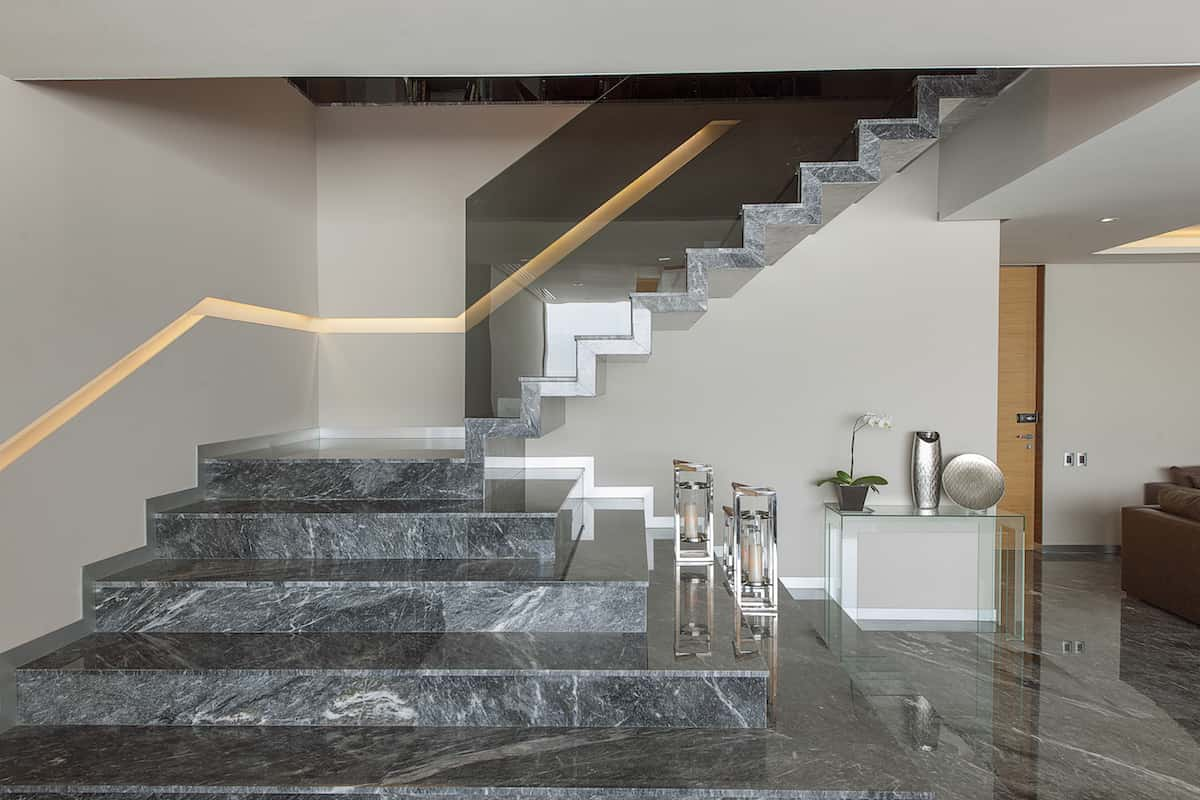
Penetration of the business market in Egypt is very high due to high income in the last 20 years.
In addition, effective government management was insufficient and inadequate, especially in relation to the marble refining process in the quarries.
Nature has given Egypt amazing gifts of high-quality marble and granite. for 2700 years
The ancient Egyptians used granite to build temples and important buildings. This
Ancient Romans B.C. The Egyptians now had the ability to cut and carve decorative stones, especially granite.
This technology was brought back to Italy and thanks to Italy’s natural resources and know-how, the marble industry flourished and the Italians became world leaders in marble production.
Since the late 1950s, marble production in Egypt has seen steady growth. It was the nose
mainly associated with the construction of the High Dam in Aswan, a construction that required very heavy stone to build the body of the dam.
In the middle of the 1980s, the largest cutting machine in the country has a capacity of 49,850 m2 for all kinds of decorative stones.
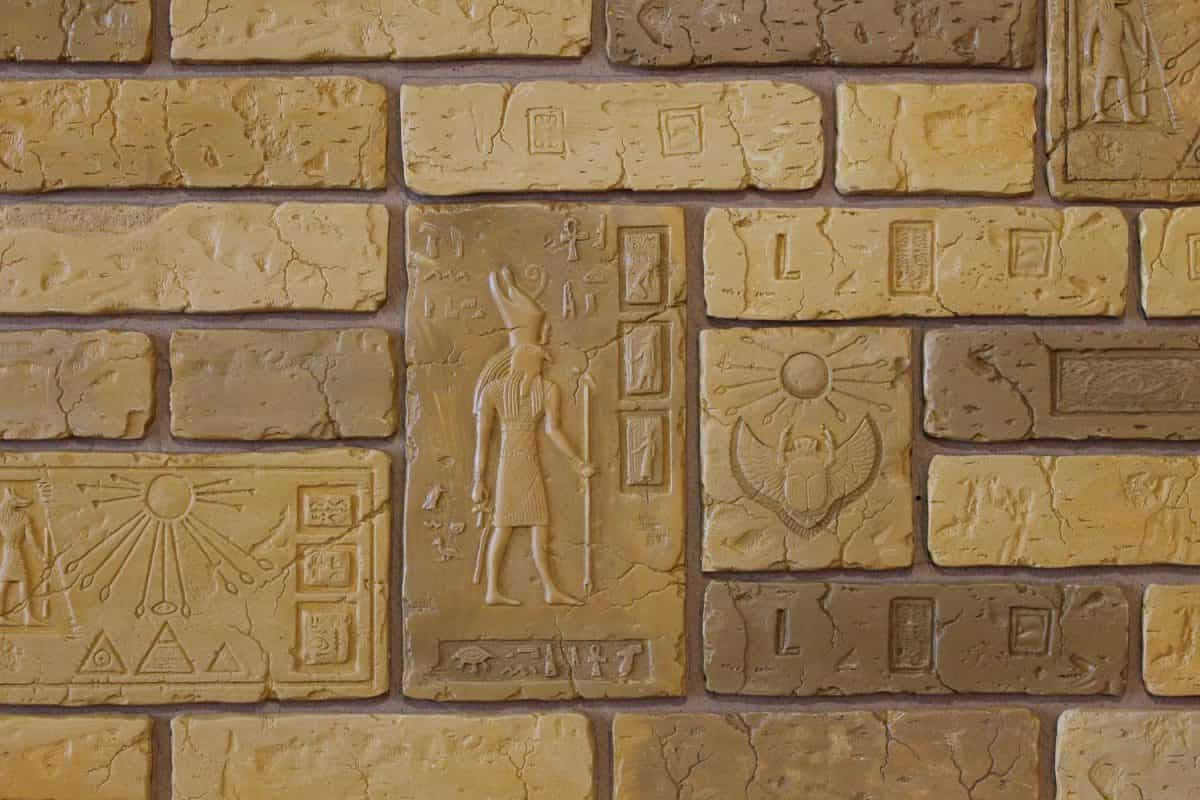
Through the privatization process in the early 1990s, investors became interested in the marble and granite industry, which was highly profitable and seemed to have growth potential.
Moreover, due to the use of low technology (high prices) and low labor (mostly unskilled), the cost of quarrying was not high. However, the demand for marble was high compared to the limited supply, resulting in high potential profits.
Overall, the rate of industrial entry increased from the 1980s to the mid-1990s, driven by higher perceived income margins and lower economic barriers to entry. This encouraged investors to spend money on expensive and imported technologies.
Currently, there are about 500 marble and granite factories in Egypt. According to experts
There are 3 types of factories in this industry: (1) factories that cut marble blocks and distribute them to workshops for further cutting and cleaning, (2) factories that cut and polish slabs, and (3) factories that do all of these processes. until the final product is produced.
Egyptian marble
Marble production and processing technology is highly developed internationally.
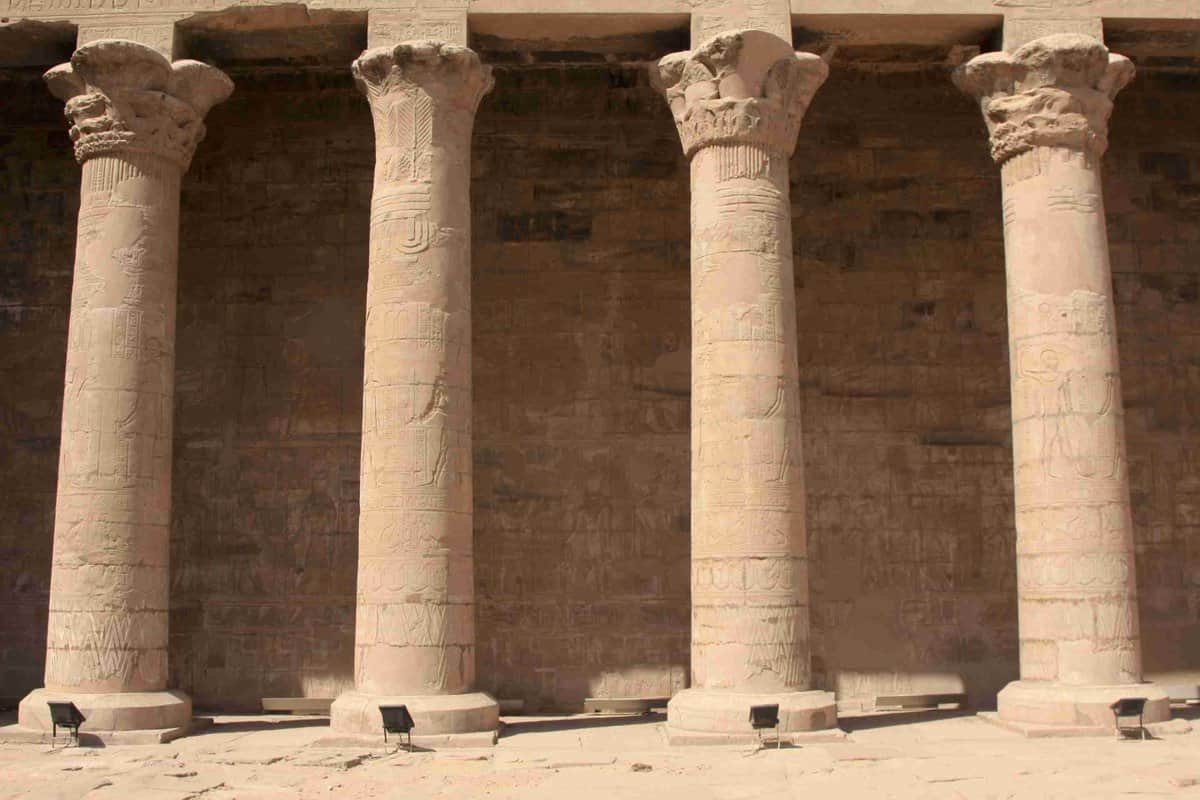
Factories in developed countries are operating at full capacity, making business financing difficult
deep. Although many factories in Egypt have the latest technology, many factories still import used (and sometimes outdated) machines at very low prices.
The main automated process in this industry is the cutting of blocks from slabs, since manual production does not facilitate mass production.
All other processes, including polishing, can be done with fully automatic equipment or with automatic or manual machines.
According to Mr. Ibrahim Ghali, who is the main distributor of Italian and German marble production lines in Egypt, now there are about 500 factories operating in this field in Egypt.
400 factories or about 70% of the industry are located in Shaq El-Toban, Katameya, Cairo, as mentioned before. The remaining 100 factories are scattered throughout Egypt, mostly in large cities or administrative capitals.
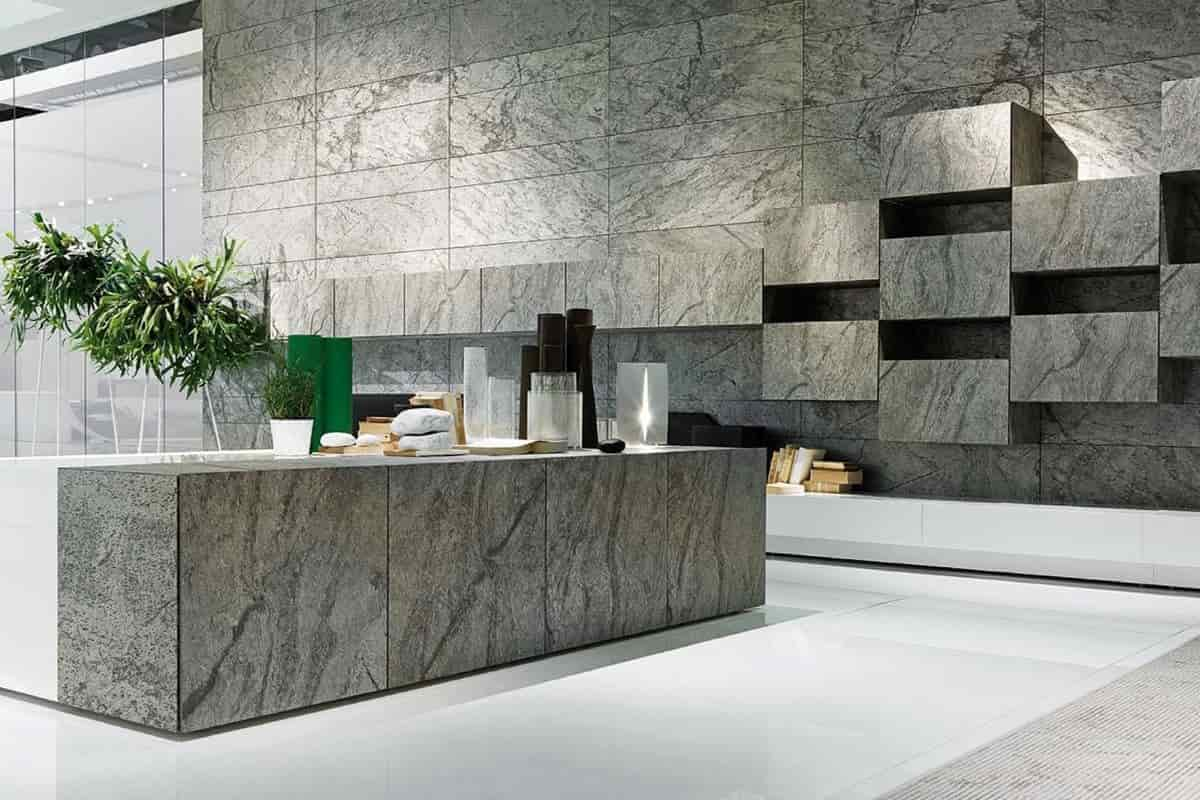
According to interviews with the owners of limestone factories, it is almost impossible to find factories without quarries as quarries are usually located in remote areas. It is better if the plants are placed correctly
This leaves many unmet needs beyond the quarries. In particular, there is insufficient infrastructure to provide water and electricity, and to ensure a minimum standard of living for workers.
On the other hand, it is very difficult and dangerous to transport the finished product because the marble used is very fragile, while the hard green marble can be transported without transportation.
, the industry has become relatively capital intensive and is almost completely computerized in many countries around the world.
Despite its long history in Egypt, the industry is still in the development stage. The removal of crude marble blocks from quarries is an area that requires special review and environmental regulation.
Currently, explosives are widely used in mining practices, resulting in large waste of natural resources and deformation of mined marble blocks This requires a change in extraction methods to use different tools like diamond wires and automatic block cutters ) is standardized
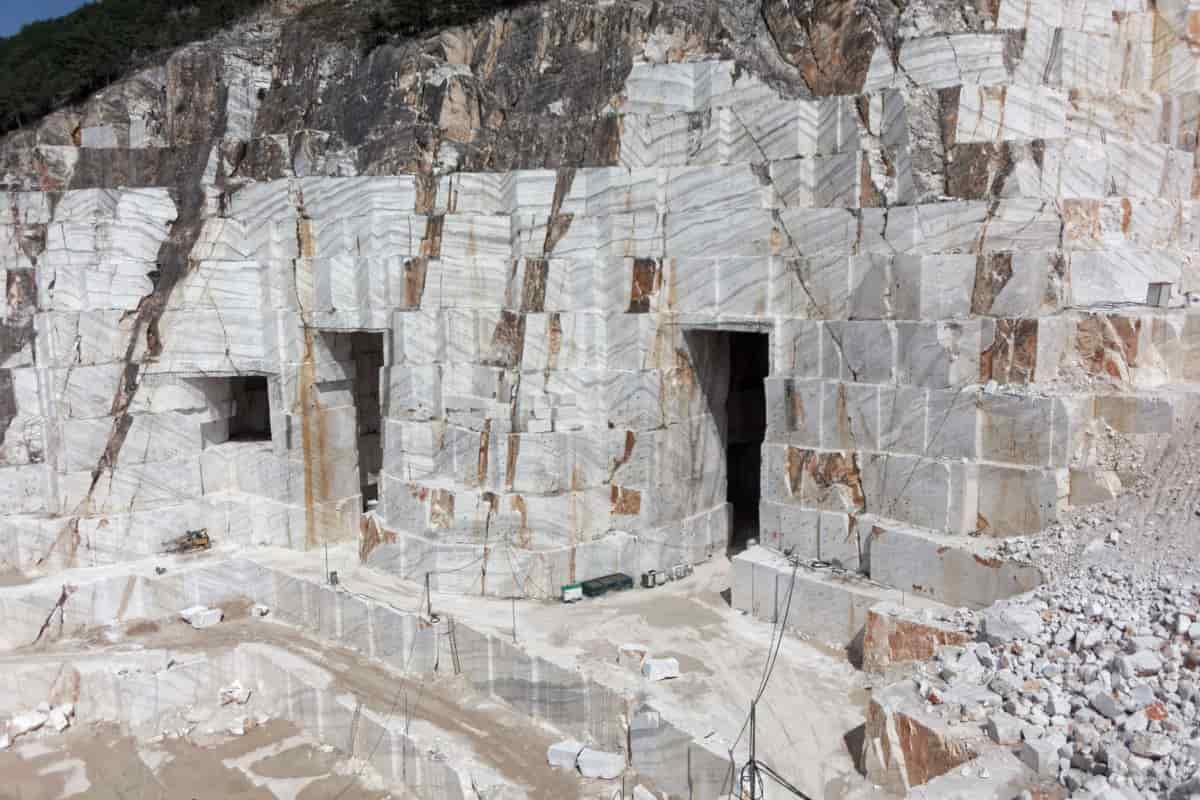
conforms to international industry standards. The marble industry in Egypt is characterized by a monopolistically competitive market structure, with clear barriers to entry, a high degree of product differentiation, and competition driven by economies of scale and relative prices
Overall the Egyptian marble industry has a good potential to grow and become one of them
The driving forces of the general economic well-being of the country, especially natural resources
Regulation of this vital resource of a vast country is a must for stability
development. Besides, improving the quality of the final product is the key to the uptake
entering international markets and building a reputation in this sector. Greater profitability may lead to greater market penetration, which may attract more efficient production technology.
This can lead to market segmentation, where value-based and export-oriented firms tend to form an oligopoly, while locally oriented cost-based firms with relatively little technology tend to monopolistic competition
. In all cases, effective government regulation is needed to achieve a competitive marble industry in Egypt in the long run.
My company has for years been leading the world market in both supply and export of marble products to the whole countries around the globe and is hence kindly honored to have provided a link above the page for all dear customers and traders to join us in world trade of marble and experience the best purchase ever in your life.
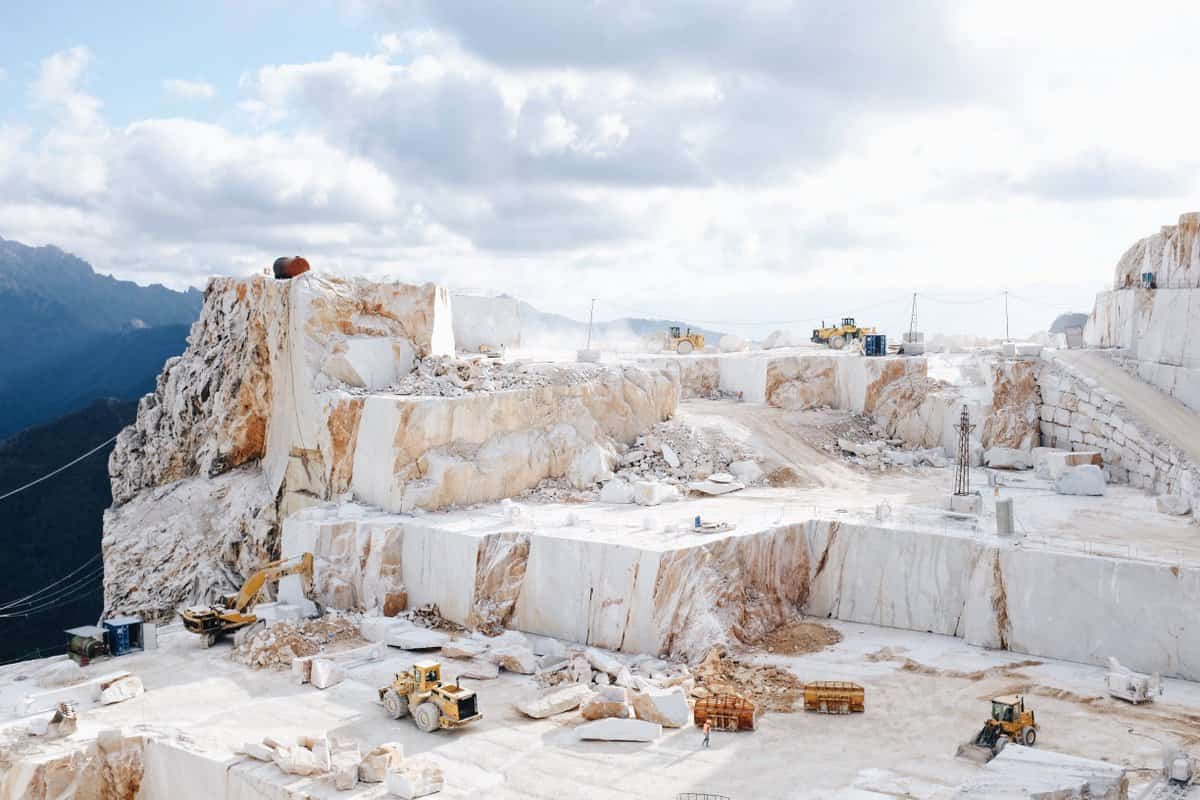



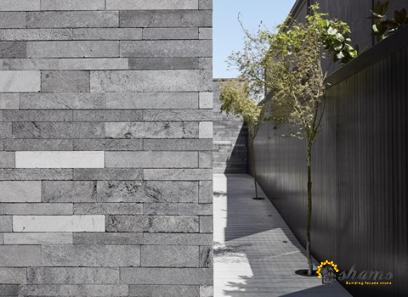
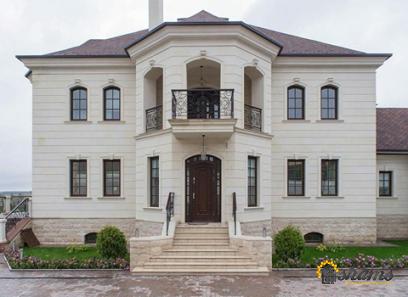
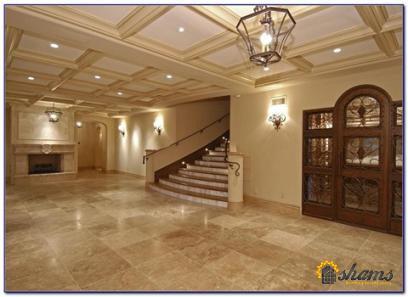

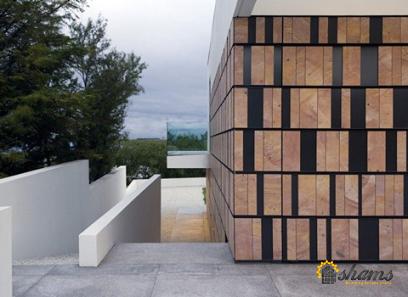
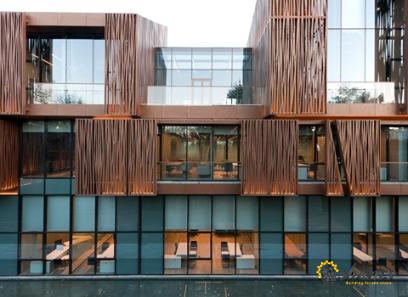
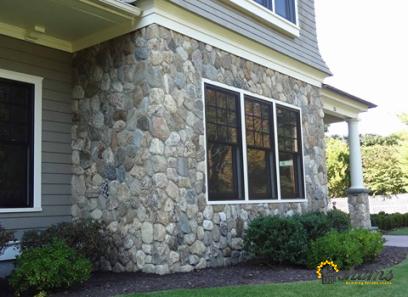
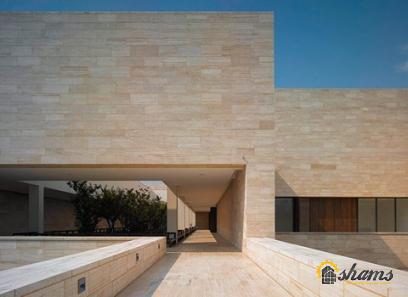
Your comment submitted.